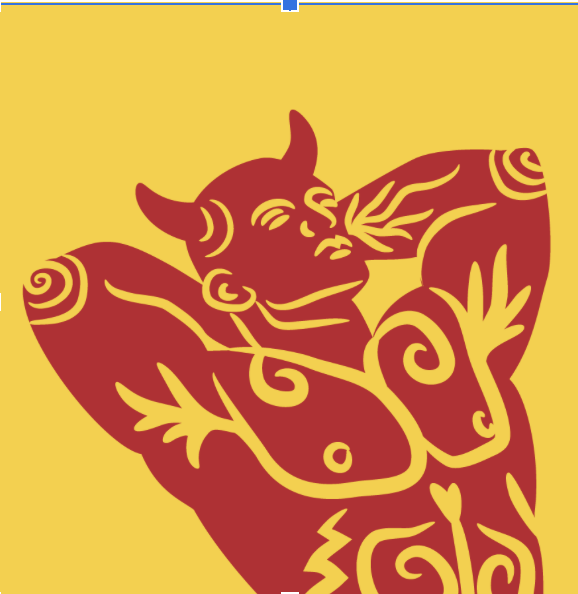Alexander Von Humboldt in the Americas
The Unity of Nature: Humboldt in the Americas is a multidisciplinary arts installation in Celebration of Alexander Von Humboldt’s 250 Anniversary. The exhibition curated by David Acosta, featured the work of Painter Henry Bermudez, (Venezuela), the sculptor Pedro Ospina, (Colombia), Photographer Rebecca Martell, (Mexico), sound artist, Asher Cohen, (USA), and performance artist Salome Cosmique, (Colombia).
At a time of increased concern over global warming, rising sea levels, deforestation and the accelerated extinction of animals and plants, Casa de Duende organized a multidisciplinary art installation at the Cherry Street Pier in the fall and winter of 2020 in celebration of the 250 anniversary of the birth of Alexander Von Humboldt: scientist, explorer, botanist, geographer and humanist. The exhibition explored two main themes important to Humboldt’s thinking which had a profound influence on the way we view nature today. These two thoughts were the unity of nature itself, (nature as an intricately connected system, all of it intertwined and interdependent one from the other that to harm any one aspect of it, would have a detrimental effect on the whole,) an idea that placed Humboldt as a central figure in the history of ecology and biogeography, and which in turn helped shape our views on nature and the environmental movement that would follow it.
The second theme was Humboldt’s idea that we too were a part of nature, that nature was both within us and outside of us and as such it should also be perceived not just through empirical observation, but also through our feelings and imagination. This emotional and physical connection to nature allowed us to find in it both spiritual and artistic inspiration. The idea of nature as a source of beauty, imagination, and consolation tied Humboldt to the German romantics specially that of his friend and collaborator Johann Wolfgang Von Goethe, whose influence had a profound impact on the way Humboldt would come to see nature and the natural world and these ideas in turn, served to inspire artists and writers of his time and subsequent centuries including our own.
The Artists
Five artists were selected all of them coming from areas important to the development of Humboldt’s ideas during his 5 year journey through the Americas; Mexico, Venezuela, Colombia, Ecuador, Peru as well as well as a stop in Philadelphia, PA and Washington, DC in May of 1804). The artists were also well versed with Humboldt’s work and his legacy both as scientist and humanist has influenced their own thinking and artistic practice.
Henry Bermudez: Venezuelan born artist Henry Bermudez exhibited a series of large panels honoring Humboldt. Henry’s large, complex and detailed drawings and paintings pay homage to nature, its flora and fauna through a unique visual lens that incorporates representations of nature and the landscapes of his native Venezuela. Henry’s work incorporates the religious and mythical syncretism of the communities that live there creating fantastical renderings of nature rich with symbolism and multilayerd meanings which pay homage to indigenous mythology and cosmology.
Pedro Ospina: Colombian born sculptor Predo Ospina created a site specific sculpture made only of organic and recycled materials honoring the Delaware River of which the Cherry Street Pier is a part by focusing on the creation of three totemic sculptures embodying the three clan animals (the wolf, turtle and turkey) of the Lenni Lenape people for whom the river is named. This focus on the Lenni Lenape also acknowledges and pays tribute to indigenous religious, spiritual and intellectual thought, which views nature as an intricately interwoven system where everything is connected to everything else and humanity is but a part of the wheel of creation. This thinking informed Humboldt’s work and thinking about indigenous knowledge and their relationship to
Rebecca Martel: Mexican born photographer Rebecca Martel’s work titled Desifrando/Deciphering focused on a series of color photographs inspired by Humboldt’s travels through the indigenous regions of Mexico, focusing specifically on Mayan cultures and the impact these civilizations had on the German explorer whose humanist views extended to his respect for and admiration for the indigenous peoples he encountered upon his travels. For this exhibition, Martel’s photographs explored the forms and places of the Yucatan Peninsula that helped to shape Humboldt’s views of both Mexico and its people.
Devin Asher Cohen: (AKA Devin Cohen) is a Philadelphia born mixed media experimental abstract artist and director of Lilliput Gallery in Puebla Mexico. He has exhibited extensively in group and solo shows in Latin America, Europe, Asia and the USA,
Salome Cosmique: (Colombia) In her performance Pacha-mama, Colombian performance artist Salome Cosmique pays homage and tribute to the Leni Lenape people through the invocation of the Andean earth mother Pachamama. Using sound and video, the performance explores Pachamama’s totemic power over all living things to which she is intrinsically connected. Through, movement, ritual, and song, the performance will emphasize our own connection to the earth through the weaving of a web, paying homage to Humboldt’s idea that all things are interconnected and that whatever we do to one thing we do to the whole. Pacha-mama, the performance also focuses on the harmful impact we are having on the planets wildlife through our careless disposal of plastics and other water products.
Art Work

What Mr. Humboldt saw on his Journey to the Orinoco River. (Lo que vio el señor Humboldt en su viaje por el Orinoco), (46” X 63”), Acrylic and cut paper on canvass (2008), Henry Bermudez.
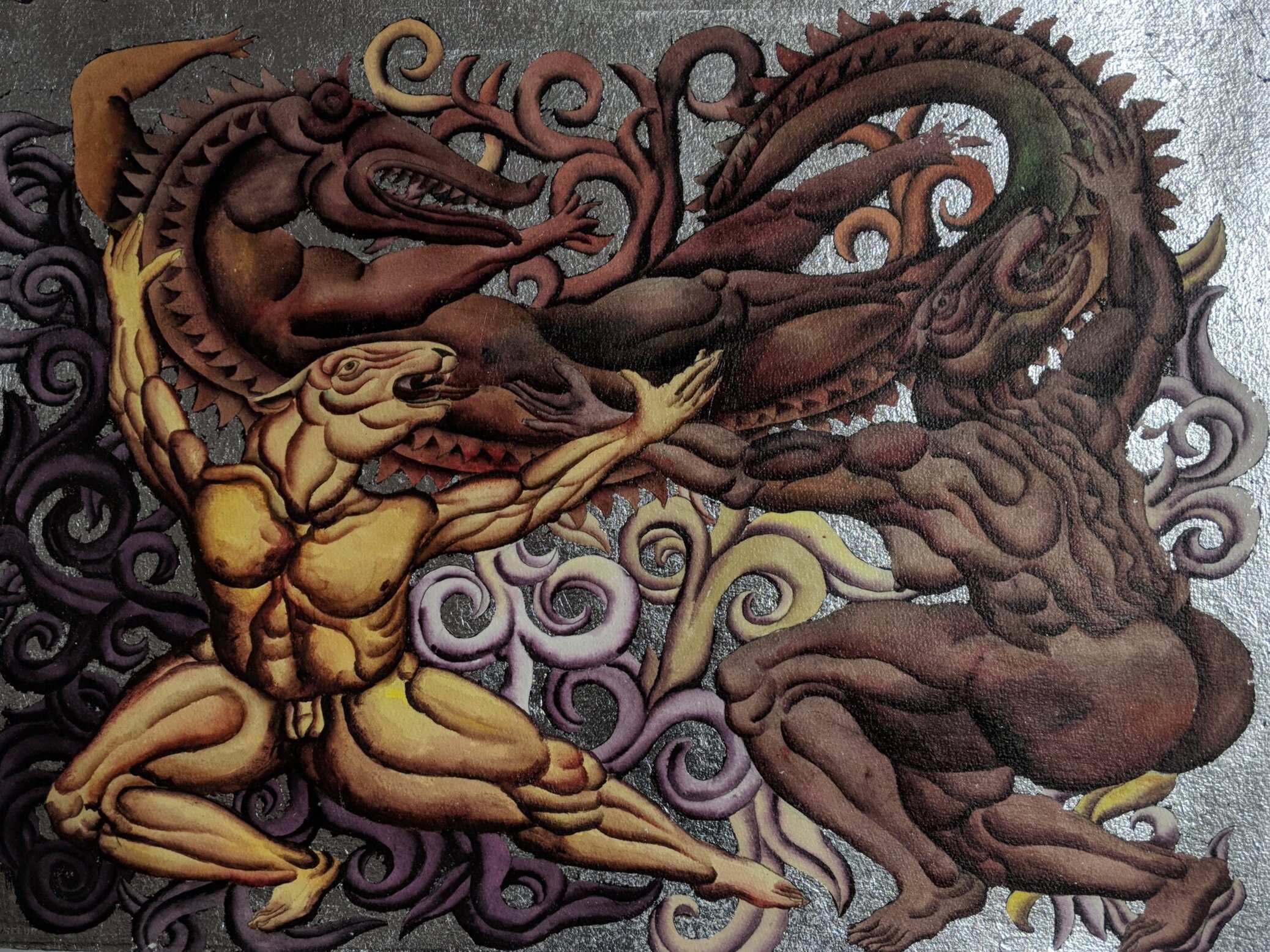
The Tiger’s Spiral (El Espiral del Tigre), (26” X 65”), Acrylic on cut paper, (2011), Henry Bermudez.

Total Eclipse, (55” X 78”), Medium Digital Photography on fabric, 2017, Rebeca Martel.
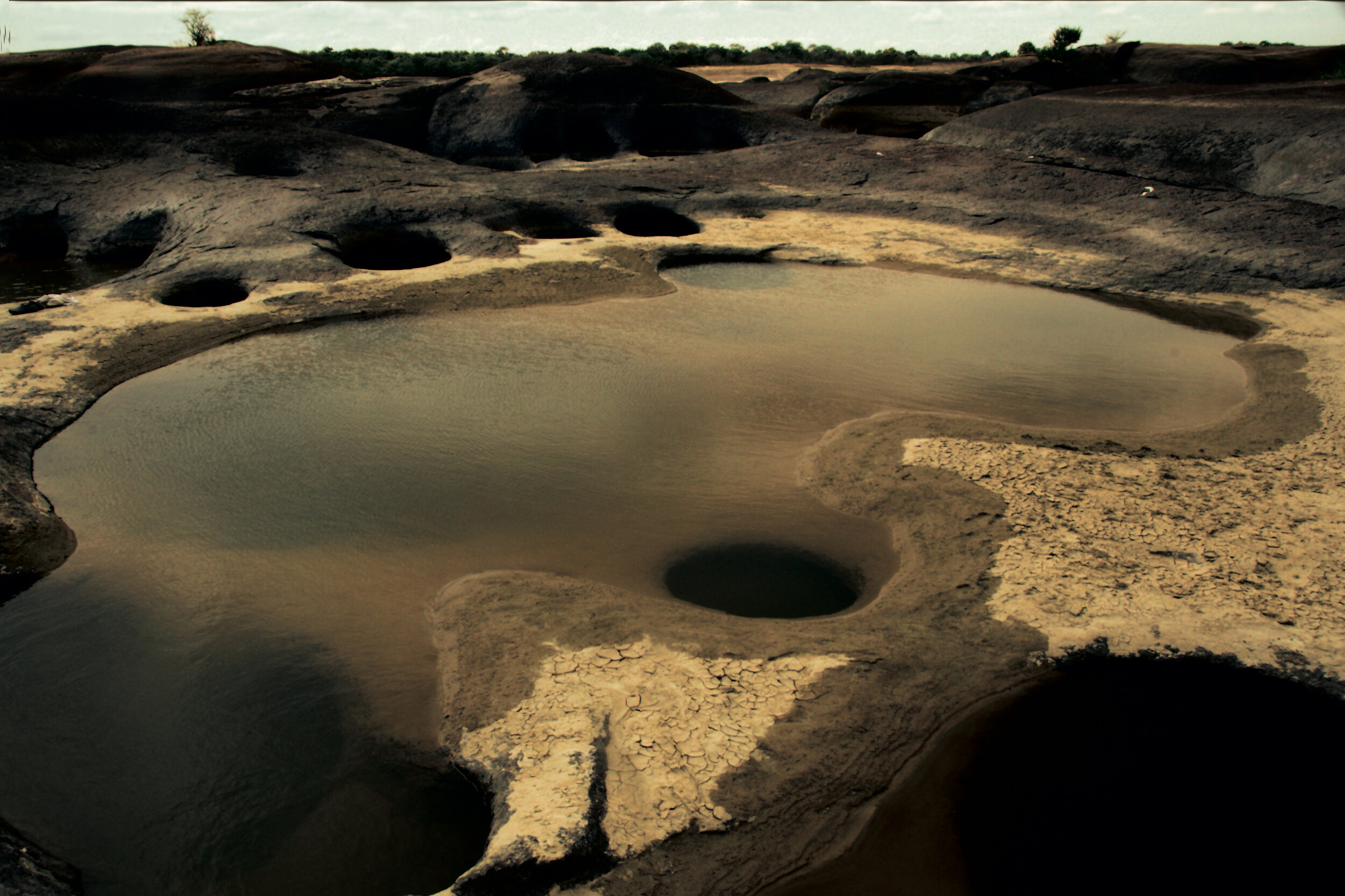
Title: La Piedra de los Ojos (The Stone of the Eyes), (55” X 78”), Medium Digital Photography on fabric, (2017), Rebeca Martel.

La Felicidad Concedida (Happiness Granted) (55” X 78”), Medium Digital Photography on fabric, (2017), Rebeca Martel.

La Alegría Inesperada ( Unexpected Happiness), (55” X 78”), Medium Digital Photography on fabric, (2017), Rebeca Martel.

Turkey Totem, Recycled packaging material recycled wooden spool, (2019), Pedro Ospina.

Turkey Totem, Recycled packaging material recycled wooden spool, (2019), Pedro Ospina.
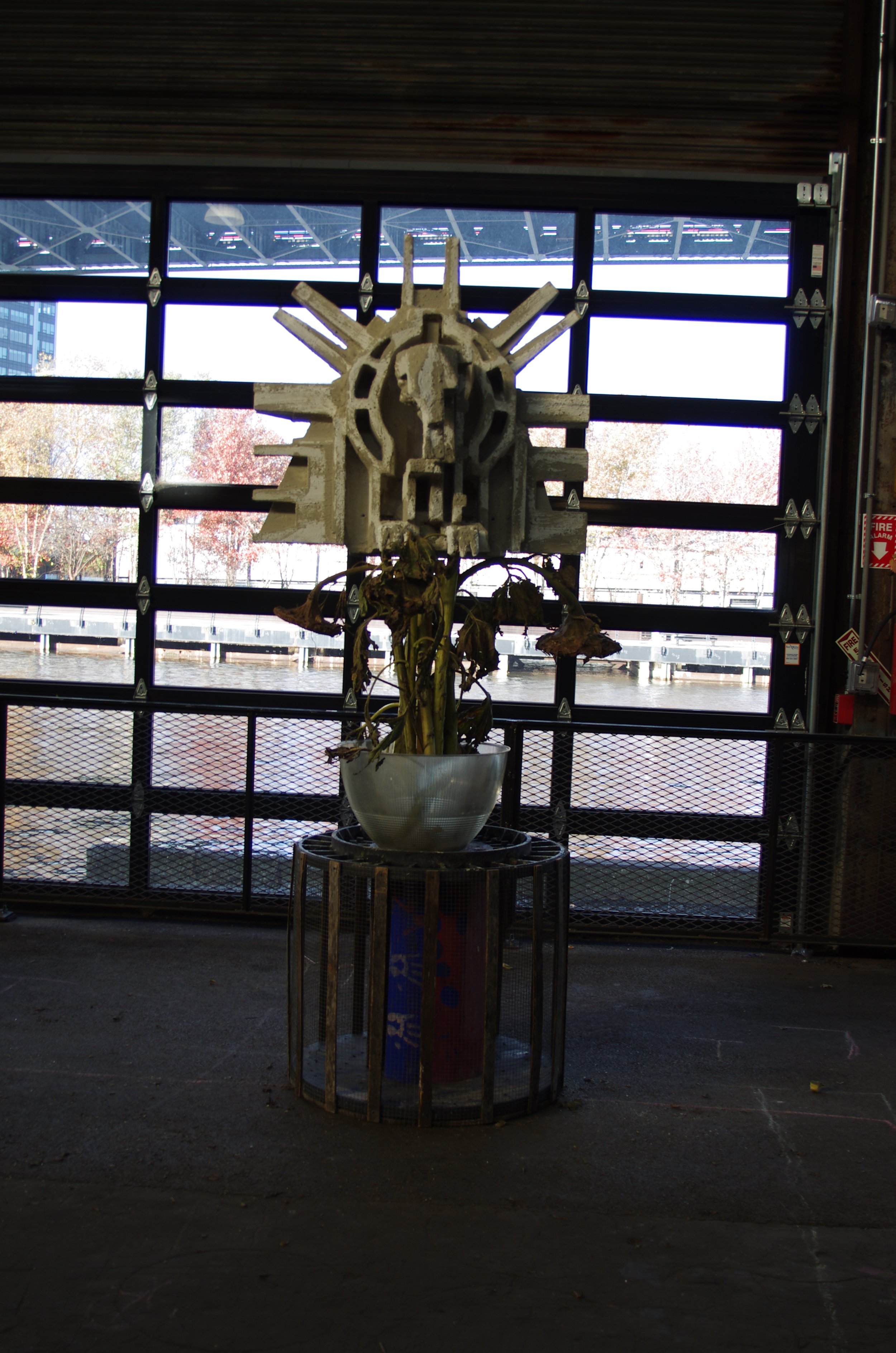
Turkey Totem, Recycled packaging material recycled wooden spool, (2019), Pedro Ospina.

Turkey Totem, Recycled packaging material recycled wooden spool, (2019), Pedro Ospina.

Turtle Totem, recycled packaging material recycled wooden spool, (2019), Pedro Ospina.

Turtle Totem, recycled packaging material recycled wooden spool, (2019), Pedro Ospina.

Wolf Totem, Recycled packaging material, recycled wooden base, (2019), Pedro Ospina.
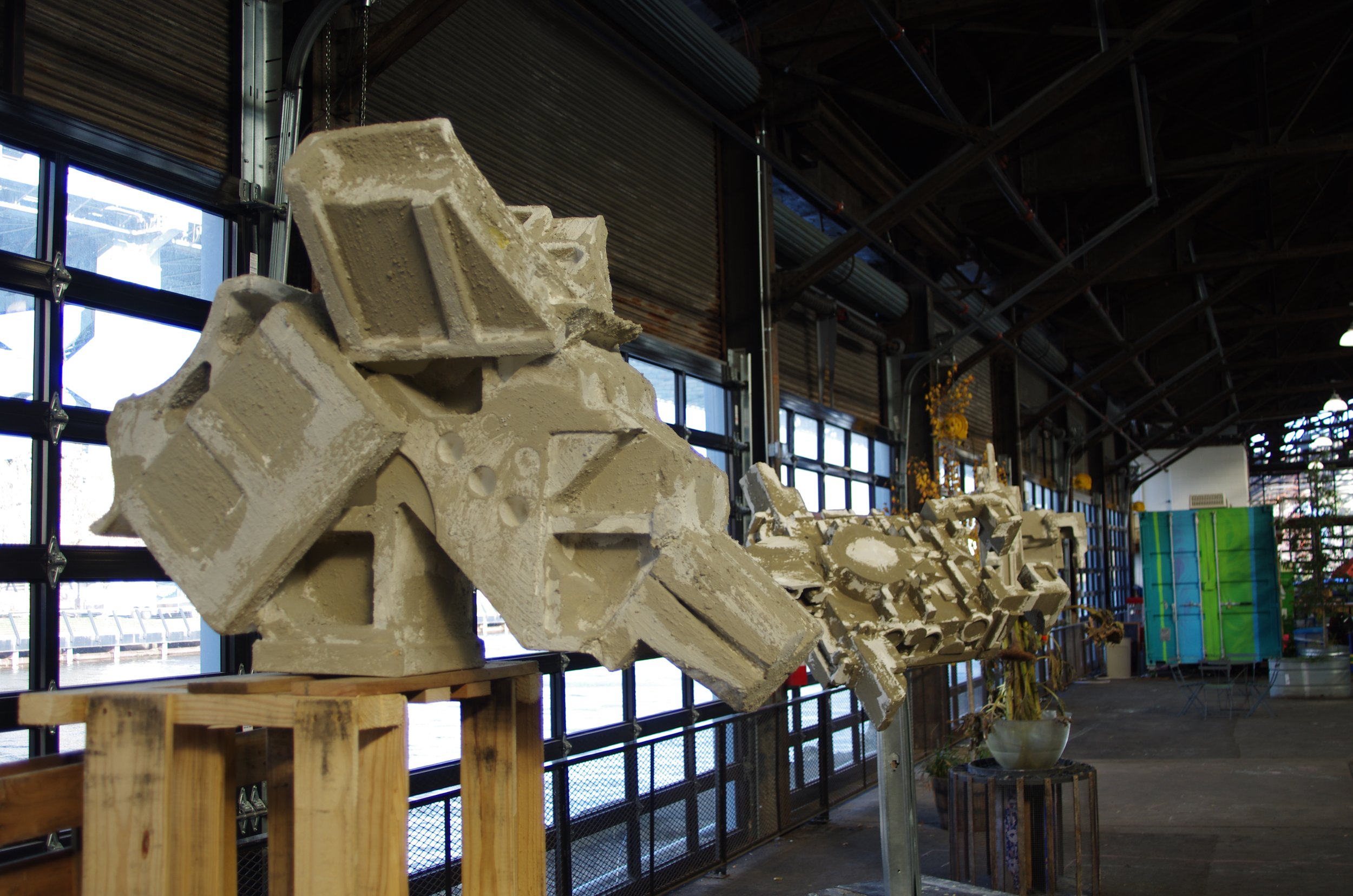
Wolf Totem, Recycled packaging material, recycled wooden base, (2019), Pedro Ospina.

Wolf Totem, Recycled packaging material, recycled wooden base, (2019), Pedro Ospina.

Wolf Totem, Recycled packaging material, recycled wooden base, (2019), Pedro Ospina.

Wolf Totem, Recycled packaging material, recycled wooden base, (2019), Pedro Ospina.

Performance, Salome Cosmique.

Performance, Salome Cosmique.

Performance, Salome Cosmique.

